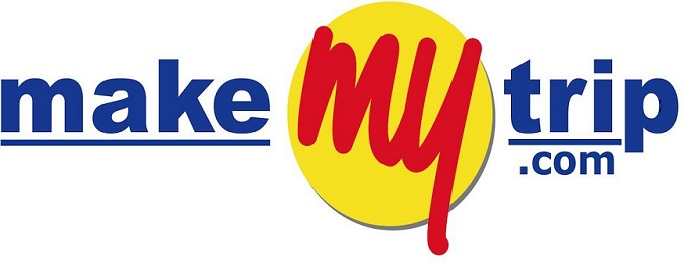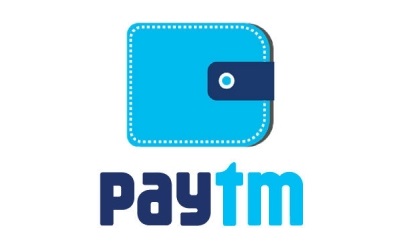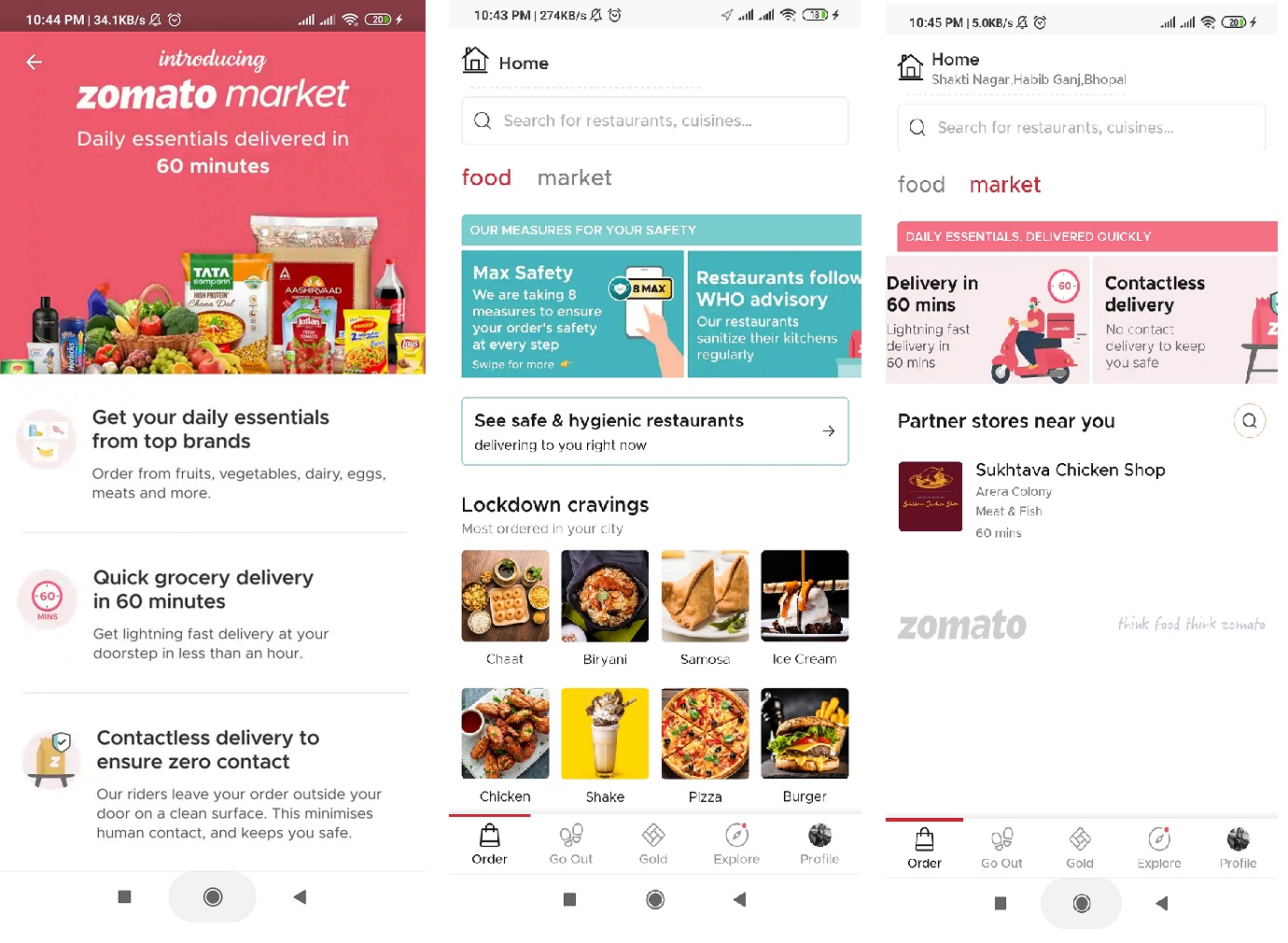- Saturday
- July 27th, 2024

This article is on Business Model of LinkedIn – How Does Linked Make Money? When there is a conversation about businesses that are able to deliver some of the best services to customers in the best way possible, we can...

Founded in 2005, Trivago offers online services like hotel accommodation and Ticketing for the train, air, and buses. Trivago is a Leading Travel Booking System. The business model of Trivago revolves around the travel, information technology, hotel, and marketing industries....

This Article is on the Business Model of Makemytrip.com and the Revenue Model of Makemytrip.com. MakeMyTrip.com is an online travel and hotel reservation service founded by Deep Kalra in 2000 providing online airline tickets, rail tickets, bus tickets, hotel reservations...

This article is on the Business Model of OYO Rooms. We will discuss in OYO Rooms Business Model in this article and how it can offer so many benefits to people who need it. First of all, it is important...

Business Model of Swiggy and How Does Swiggy Makes Money is elaborately explained in this article. Every food lover's dream is to get their favorite recipes delivered from their most adored restaurants in town that can be personalized in a...

Paytm was established in 2010 by Vijay Shekhar Sharma. Paytm is India's largest e-commerce, payment, and e-wallet network. The Business Model of Paytm consists of a variety of services related to Online Shopping, Payment System, Digital Wallets, Mobile Payments, as...

This Article Focuses on the Business Model of Instagram. Instagram was launched in October 2010, Facebook Instagram is a social networking platform for sharing photos and videos. The business Model of Instagram allows users to upload images and videos which...

Business Model of Zomato focuses on providing good quality food delivered to customers home, provide information, partner restaurants, and customer reviews, and revenue generation. Business Model of Zomato has revolutionized the food business industry by integrating a variety of restaurants...

